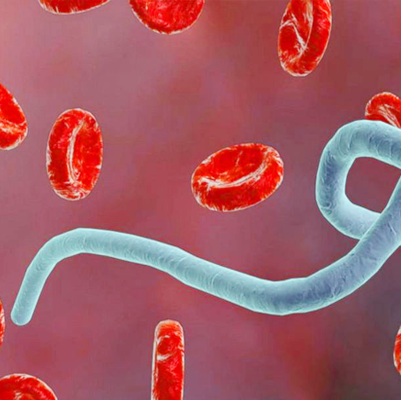Amoeba
Naegleria Infection – An Overview
Naegleria infection is a rare but usually fatal brain infection caused by an amoeba (Naegleria fowleri) commonly found in freshwater lakes, rivers, and hot springs.
Infection typically occurs when contaminated water enters the body through the nose during swimming or water sports. The amoeba then travels to the brain, causing severe inflammation and damage.
One of the earliest signs may be a change in the sense of smell or taste, followed by rapidly worsening symptoms.
Symptoms of Naegleria Infection
-
Fever
-
Sudden, severe headache
-
Stiff neck
-
Sensitivity to light
-
Nausea and vomiting
-
Confusion or disorientation
-
Loss of balance
-
Excessive sleepiness
-
Seizures
-
Hallucinations
Spaks Homeopathy Approach
Naegleria infection is a medical emergency that requires immediate hospital treatment. Alongside urgent care, Homeopathy may help by:
Supporting the body’s immune response
Reducing inflammation in the nervous system
Managing associated symptoms like headache, nausea, and confusion
Improving overall vitality during recovery
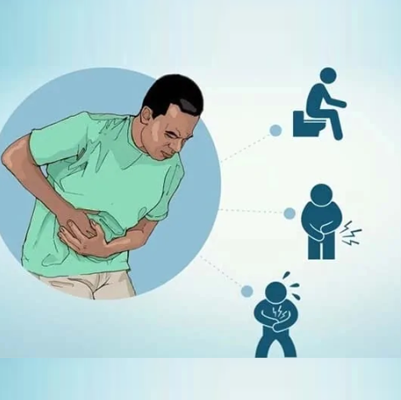
Anthrax
Anthrax – An Overview
Anthrax is a rare but serious infection caused by the bacterium Bacillus anthracis. Its spores usually survive in soil and infect grazing animals like cattle, goats, and sheep. Humans typically contract anthrax through contact with infected livestock or animal products.
Signs & Symptoms of Anthrax
Anthrax in humans may appear in three main forms:
1 Cutaneous (Skin Anthrax)
-
Blisters or bumps that turn into ulcers with a black center
-
Usually affects face, neck, hands, and legs
2 Inhalation (Respiratory Anthrax)
-
High fever, chills, and chest discomfort
-
Severe cough and shortness of breath
-
Extreme tiredness and weakness
3Gastrointestinal Anthrax
-
Fever, abdominal pain, and cramps
-
Bloody vomiting or diarrhea
-
Swollen abdomen
-
Enlarged lymph nodes and sore throat
Spaks Homeopathy Approach
Anthrax is a medical emergency that requires immediate hospital care and antibiotics. However, Homeopathy at Spaks can play a supportive role in:
-
Enhancing immunity to fight infections naturally
-
Reducing skin inflammation, ulcers, and swelling
-
Easing respiratory discomfort and improving lung strength
-
Supporting recovery from digestive complications
-
Helping prevent recurrence of infections by improving body resistance
With no side effects, Spaks Homeopathy focuses on strengthening the body’s natural defense system, ensuring faster recovery and long-term wellness.
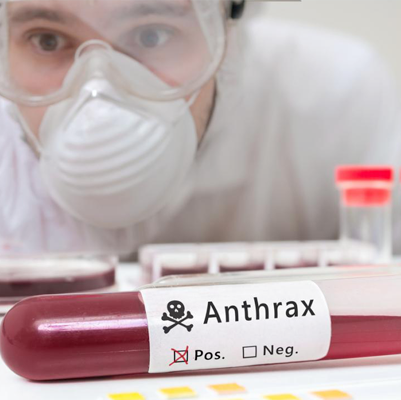
Chikungunya
Overview – Chikungunya
Chikungunya is a mosquito-borne viral infection transmitted by the bite of infected Aedes mosquitoes, the same type responsible for spreading dengue. While chikungunya is rarely life-threatening, the pain and discomfort it causes can be extremely distressing and long-lasting.
The illness is usually characterized by sudden high fever and severe joint pain. In some patients, joint pain may persist for weeks, months, or even years, often interfering with daily activities such as walking, working, or sleeping.
Symptoms – Chikungunya
-
High fever (sometimes up to 104 °F)
-
Severe joint pain
-
Headache
-
Muscle pain
-
Skin rash
-
Swelling around the joints
-
Nausea and vomiting
Effects of Chikungunya
-
Prolonged joint stiffness and swelling
-
Weakness and fatigue that can last for months
-
Difficulty in walking or performing routine activities
-
Sleep disturbances due to continuous pain
-
Emotional stress and irritability caused by chronic discomfort
Treatment – Spaks Approach
At Spaks Homeopathy, chikungunya management focuses on:
-
Reducing fever and body ache naturally without harmful side effects
-
Relieving joint pain and stiffness through personalized homeopathic remedies
-
Boosting immunity to speed up recovery and prevent recurrence
-
Improving energy levels to fight fatigue and weakness
-
Gentle holistic care to restore overall health and well-being
With the right homeopathic medicines and supportive care, patients can experience faster relief from pain and improved recovery without long-term complications.
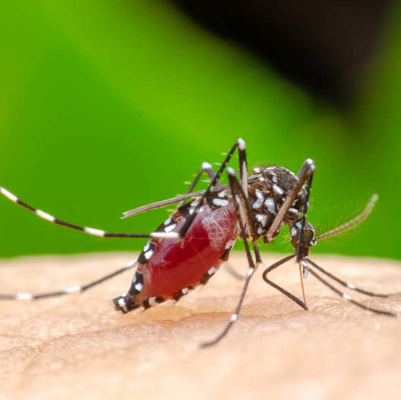
Cholera
Cholera is a serious bacterial disease that usually causes severe diarrhea and dehydration. The disease is typically spread through contaminated water. In severe cases, immediate treatment is necessary because death can occur within hours. This can happen even if you were healthy before you caught it.
Common symptoms of cholera include:
sudden onset of diarrhea
nausea
vomiting
mild to severe dehydration

Colitis
Overview
Colitis is the inflammation of the inner lining of the colon (large intestine).
It can be caused by several factors including infections, inflammatory bowel diseases like Crohn's disease or ulcerative colitis, ischemia (reduced blood supply), allergic reactions, or microscopic colitis.
This condition may range from mild discomfort to severe, life-threatening complications if left untreated.
Symptoms of Colitis
-
Fever and chills
-
Fatigue and weakness
-
Dehydration
-
Eye inflammation
-
Joint swelling and pain
-
Canker sores in the mouth
-
Skin inflammation or rashes
-
Presence of mucus in the stool
-
Bloody stool
Effects if Untreated
-
Severe abdominal pain and cramping
-
Persistent diarrhea leading to nutritional deficiencies
-
Weight loss and weakness
-
Risk of colon ulcers and bleeding
-
Increased chance of colon perforation (life-threatening)
-
Greater risk of colon cancer in long-standing cases
-
Negative impact on daily life, emotional health, and social activities
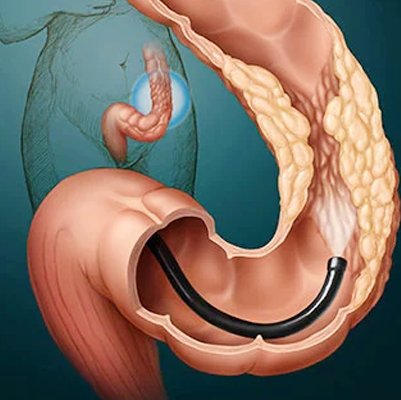
Dengue Fever
Dengue Fever Overview
Dengue fever is a mosquito-borne viral infection spread by Aedes aegypti mosquitoes. It may present as mild flu-like illness, severe infection, or even no symptoms. In some cases, it can develop into dengue hemorrhagic fever or dengue shock syndrome, which are potentially life-threatening.
Symptoms of Dengue
-
High fever (up to 105°F / 40°C)
-
Severe headache
-
Pain behind the eyes
-
Muscle, joint, and bone pain (“breakbone fever”)
-
Rash over most of the body
-
Mild bleeding (nose or gums)
-
Easy bruising
Effects of Dengue
-
Dehydration due to high fever and reduced fluid intake
-
Severe weakness and fatigue lasting weeks after recovery
-
Drop in platelet count, leading to increased risk of bleeding
-
Liver and organ complications in severe cases
-
Shock or multi-organ failure in dengue hemorrhagic fever or shock syndrome
Treatment of Dengue
There is no specific antiviral treatment for dengue. Management focuses on supportive care:
-
Rest and adequate hydration
-
Use of paracetamol for fever and pain (avoid aspirin or ibuprofen, as they increase bleeding risk)
-
Monitoring platelet count and vital signs
-
Hospitalization in severe cases with intravenous fluids and close observation
Homeopathic Treatment (Spaks Homeopathy Approach)
Homeopathy aims to relieve symptoms, boost immunity, and support faster recovery. Commonly used remedies include:
-
Eupatorium Perfoliatum – for intense bone and muscle pains (“breakbone” sensation)
-
Belladonna – for high fever with headache and flushed face
-
Bryonia Alba – for body pains worse from movement, with thirst
-
Gelsemium – for weakness, dizziness, and heavy eyelids
-
Arsenicum Album – for restlessness, anxiety, and burning pains with exhaustion

.Diphtheria
Diphtheria – A Serious Infection (Spaks Homeopathy Overview)
Diphtheria is a serious bacterial infection that usually affects the mucous membranes of the nose and throat. The most typical sign is the formation of a thick, grayish membrane at the back of the throat, which may block the airway and make breathing very difficult.
Symptoms
-
Mild fever, weakness, and general malaise
-
Swelling of the neck glands
-
Swelling of soft tissues in the neck, giving a “bull neck” appearance
-
Nasal discharge
-
Rapid heartbeat (fast pulse)
-
A thick gray membrane covering the throat and tonsils
-
Sore throat with hoarseness of voice
-
Difficulty in breathing or rapid breathing
At Spaks Homeopathy, treatment is not limited to symptoms alone. We focus on the root cause, the patient’s constitution, and immunity. Homeopathic medicines help in controlling infection, easing breathing, and strengthening natural defense—all without side effects.
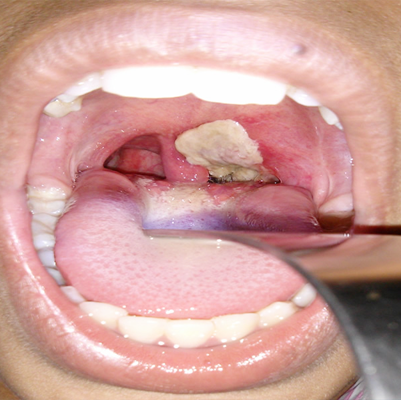
Ebola
Ebola Virus Disease (EVD)
Overview
Ebola Virus Disease (EVD), previously called Ebola Hemorrhagic Fever, is a severe and often fatal viral infection affecting humans and nonhuman primates. It belongs to the Filoviridae family, genus Ebolavirus.
The disease spreads mainly through direct contact with blood, body fluids, or tissues of infected individuals or animals. Outbreaks have historically occurred in parts of Africa, with high fatality rates due to rapid progression of illness.
Symptoms
The incubation period (time from infection to symptoms) ranges from 2 to 21 days, most commonly 8–10 days.
Early Symptoms:
-
Fever
-
Severe headache
-
Muscle and joint pain
-
Weakness and fatigue
-
Loss of appetite
Progressive Symptoms:
-
Diarrhea
-
Vomiting
-
Abdominal pain
-
Rash
-
Red eyes
-
Chest pain, cough, sore throat
-
Bleeding (internal and external, e.g., gums, stool, under skin)
Effects of Ebola
-
Severe dehydration from vomiting and diarrhea
-
Multi-organ failure (liver, kidney, heart)
-
Hemorrhage (internal and external bleeding)
-
Septic shock and death if untreated
-
Psychological effects on survivors (anxiety, PTSD, weakness)
-
High mortality rate in outbreaks
Homeopathic Treatment (Spaks Homeopathy)
While Ebola is a medical emergency requiring intensive hospital care, homeopathy can play a supportive role in improving symptom relief, recovery, and immunity. Remedies are chosen according to symptom patterns:
Arsenicum Album – For extreme weakness, restlessness, diarrhea, and vomiting with anxiety.
Crotalus Horridus – For hemorrhagic conditions, bleeding, and septic states.
Carbo Vegetabilis – For collapse states with cold skin, weak pulse, and breathlessness.
China Officinalis (Cinchona) – For weakness from fluid loss (diarrhea, vomiting, bleeding).
Mercurius Solubilis – For high fever with mouth ulcers, sore throat, and bleeding gums.
